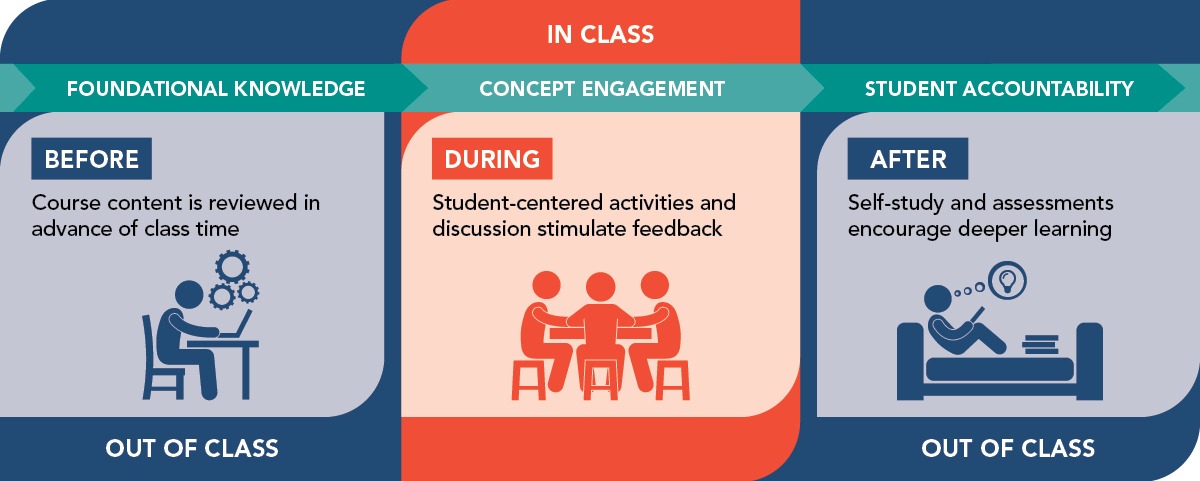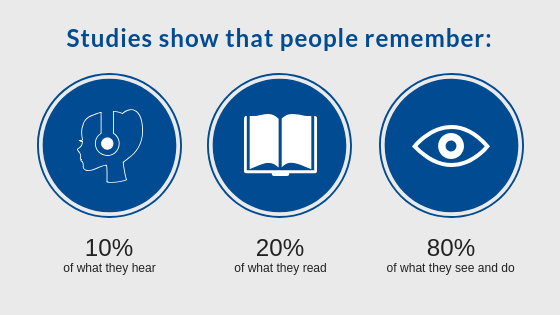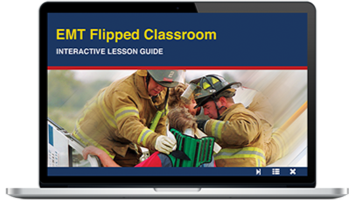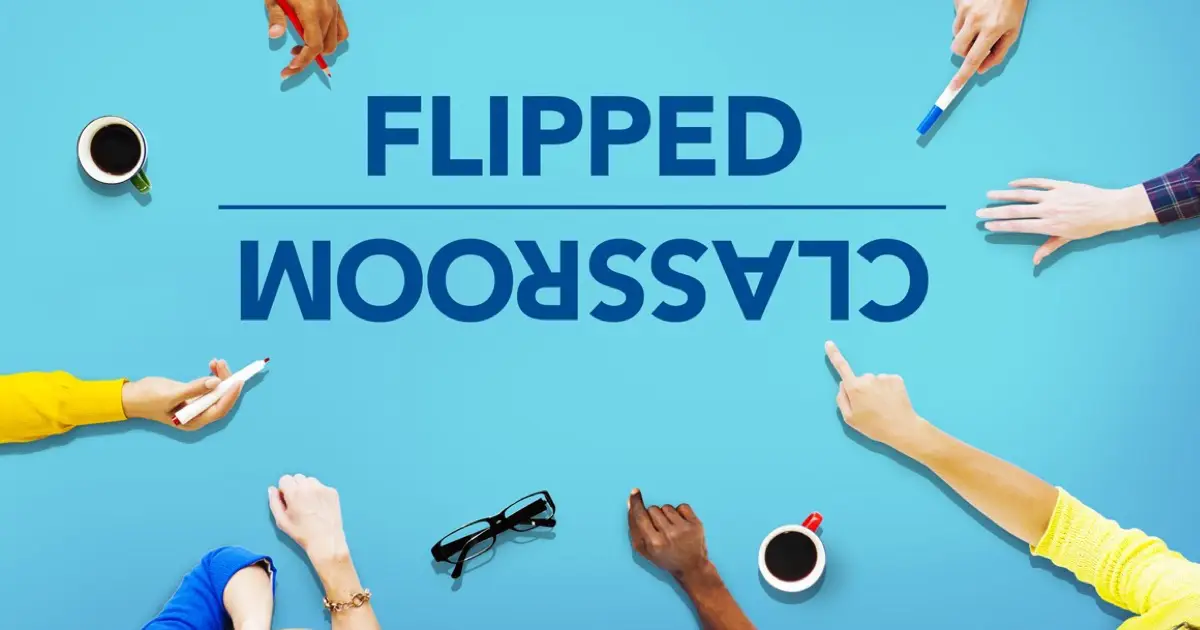A flipped classroom in EMS education is designed to help educators shift from the role of lecturer to the roles of guide and facilitator. It allows traditional instructor-centered classrooms to transform into student-centered learning environments, where instructors can provide individual mentoring to each student.
With limited classroom hours, busy students preparing to sit for their national certification exams, and an overwhelming amount of life-saving information to teach, a flipped classroom in EMS education may be the solution to ensuring students retain critical information in your courses. Read on to learn more.
What does a flipped classroom in EMS look like?
The EMS flipped classroom model can be understood through a three-step process:
1. Before Class: Foundational Knowledge
Students interact with primary source content outside of the classroom to develop foundational knowledge.
2. In Class: Concept Engagement
Valuable in-person classroom time is devoted to resolving misconceptions through collaborative problem-solving activities, elevating knowledge into application-level tasks and skills practice, and increasing student engagement and confidence.
3. After Class: Student Accountability
Self-study and assessments encourage deeper learning for students.

Why is the EMS flipped classroom concept important for today's learners?
Put simply, students retain more information when they are actively engaged in the learning process. In fact, studies show that people remember only 10 to 20% of what they hear or read:

This is a huge missed opportunity! The EMS flipped classroom model allows for hands-on learning during class time to ensure students retain critical information.
This sounds great. How do I get started?
 Based on concepts of active learning, student engagement, and hybrid course design, the EMT Flipped Classroom and Paramedic Flipped Classroom from the Jones & Bartlett Learning Public Safety Group provide everything you need for a cooperative and successful learning experience. Think of these resources as your flipped classroom roadmap!
Based on concepts of active learning, student engagement, and hybrid course design, the EMT Flipped Classroom and Paramedic Flipped Classroom from the Jones & Bartlett Learning Public Safety Group provide everything you need for a cooperative and successful learning experience. Think of these resources as your flipped classroom roadmap!
- Request a demo of the EMT Flipped Classroom
- Request a demo of the Paramedic Flipped Classroom
For more information on how to "flip" your classroom, please contact your dedicated Public Safety Specialist today.
